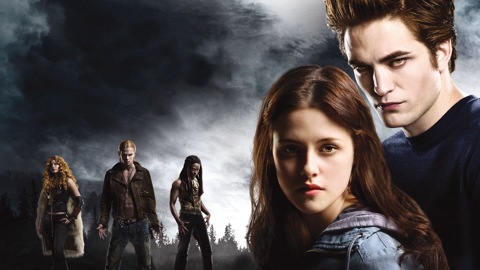
The news dropped like a stone into the quiet, mist-shrouded forests of the collective unconscious, rippling outwards to stir long-dormant emotions. Stephenie Meyer, architect of a billion-dollar empire built on glittering vampires and angsty teenagers, teased not just the prospect of new Twilight book outlines but admitted to the even more audacious possibility: rewriting the originals. This isn’t merely a publishing update; it’s an earthquake in the hallowed halls of fandom, a profound meditation on authorship, legacy, and the enduring power—and peril—of revisiting a beloved past.
Imagine a weathered, antique scroll, its parchment yellowed with age, its elegant script the cherished record of a foundational story. This scroll is the original Twilight saga. Now, Meyer’s announcement suggests two distinct but intertwined acts concerning this artifact. The first, the “new outlines,” is akin to unfurling a fresh section of that same scroll, revealing entirely unwritten chapters, new narratives continuing the saga or exploring its periphery. This prospect ignites a familiar spark of hope and anticipation. Fans, both those who devoured the books in their youth and those who discovered them later, thrill at the thought of returning to Forks. What new mysteries lurk in the Pacific Northwest? Will Renesmee finally come into her own? What forgotten histories of the Cullens or the Quileute tribe might be unearthed? This is the promise of growth, of expansion, of more time in a world that, for better or worse, left an indelible mark. It’s the comforting assurance that the story isn’t truly over, that its tendrils can still unfurl into unexplored territory.
But the announcement contained a second, more unsettling tremor: the admission that “rewriting originals might happen.” This is where the scroll metaphor shifts, morphing into something more complex, more fraught. This isn’t merely adding new pages; it’s the suggestion of taking a fine-tipped pen to the existing, hallowed text. It’s the prospect of a palimpsest: the original script, cherished and memorized, being overwritten, refined, or even corrected by the very hand that first brought it into being.
For many, the original Twilight books are more than just stories; they are time capsules. They represent formative years, first loves, intense friendships, and midnight reads under the covers. To suggest rewriting them is to imply that these memories, these emotional touchstones, might be imperfect. It’s a delicate surgery proposed on the very heart of a cultural phenomenon. Will perceived flaws be excised? Will character motivations be deepened, plot points clarified, or entire passages reimagined to fit a mature authorial vision? While some might welcome a more polished, less polarizing version – perhaps an Edward with more emotional nuance, or a Bella whose choices are less debated – others might feel a sharp pang of possessiveness. The quirks, the debated dialogue, the “sparkling” that became a meme – these are all part of the fabric, the DNA of the original. To change them is to risk eroding the very nostalgic foundation upon which the fandom stands. It raises the question: does an author truly “own” a story once it’s released into the wild, adopted and internalized by millions? Or does it, in some profound way, become shared property, its canon etched in the hearts of its readers?
Meyer’s contemplation speaks to the author’s eternal dilemma: the desire for perfection, the evolution of craft, and the inescapable gravitational pull of a story that remains vibrant long after its initial publication. Perhaps she, like many artists who revisit their early works, sees opportunities for refinement, for a richer tapestry that her younger self couldn’t quite weave. Yet, it also highlights the unique tightrope walk of legacy building. To continue a story is a gift; to alter its foundation is a gamble.
Ultimately, Stephenie Meyer’s teasing remarks are more than just a headline; they are a fascinating, illustrative essay in themselves about the dynamic relationship between creator, creation, and audience. They remind us that stories are living things, capable of evolving, expanding, and even transforming. Whether the old scroll is graced with new chapters or etched anew with revised verses, the world waits, a collective breath held, to see what new shades of twilight will emerge from the pen of its original envisioner. The palimpsest awaits its next inscription, promising either a glorious enrichment or a controversial erasure of the beloved text.
